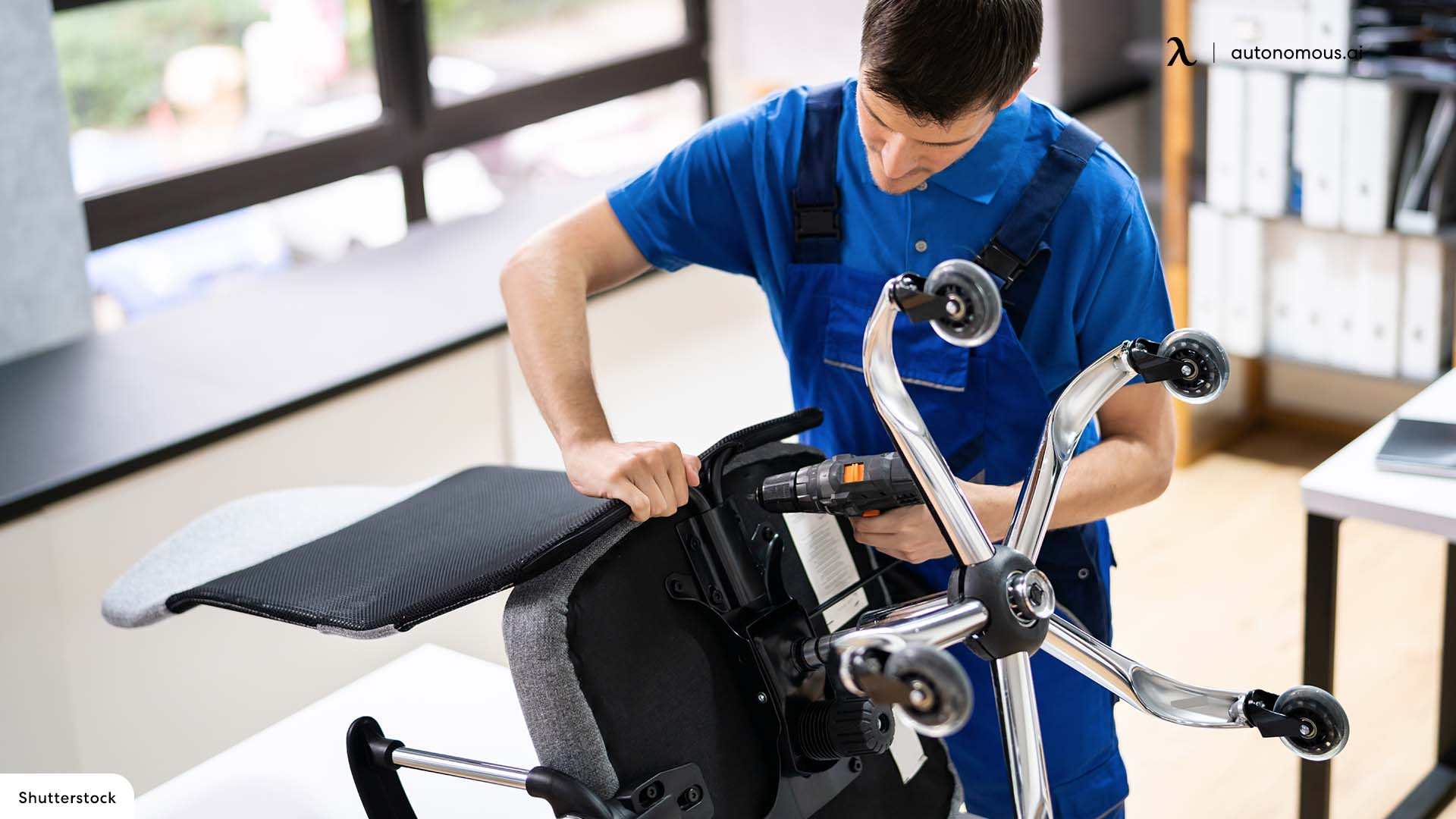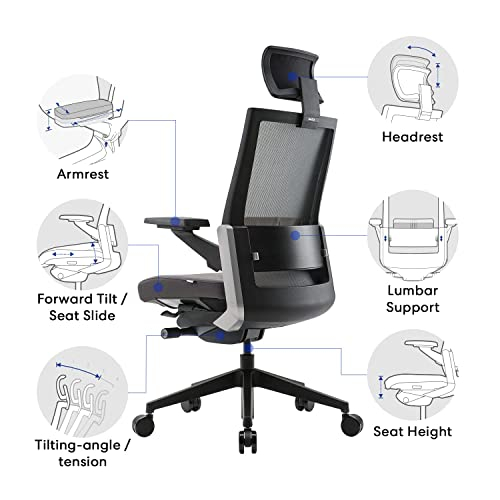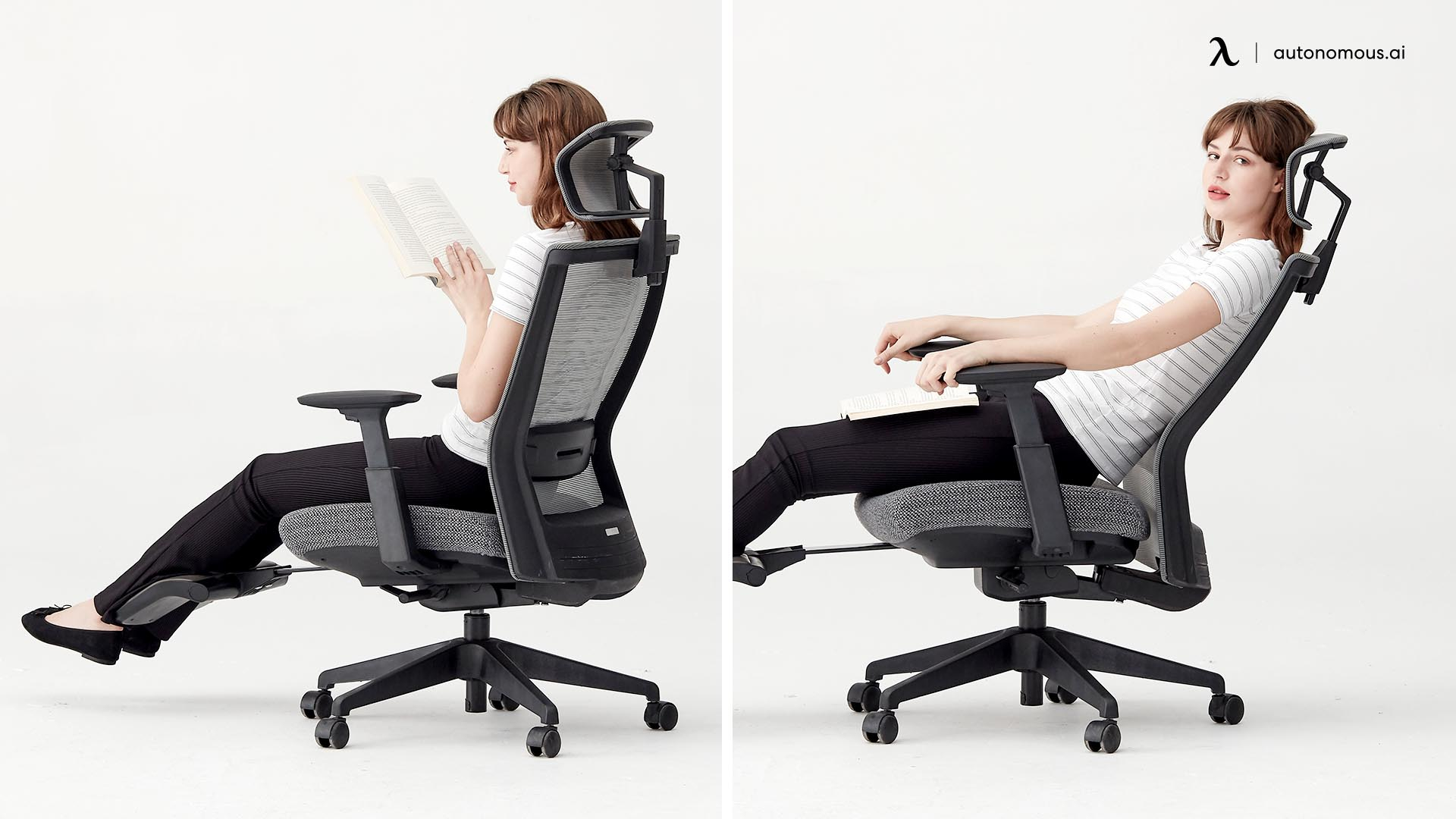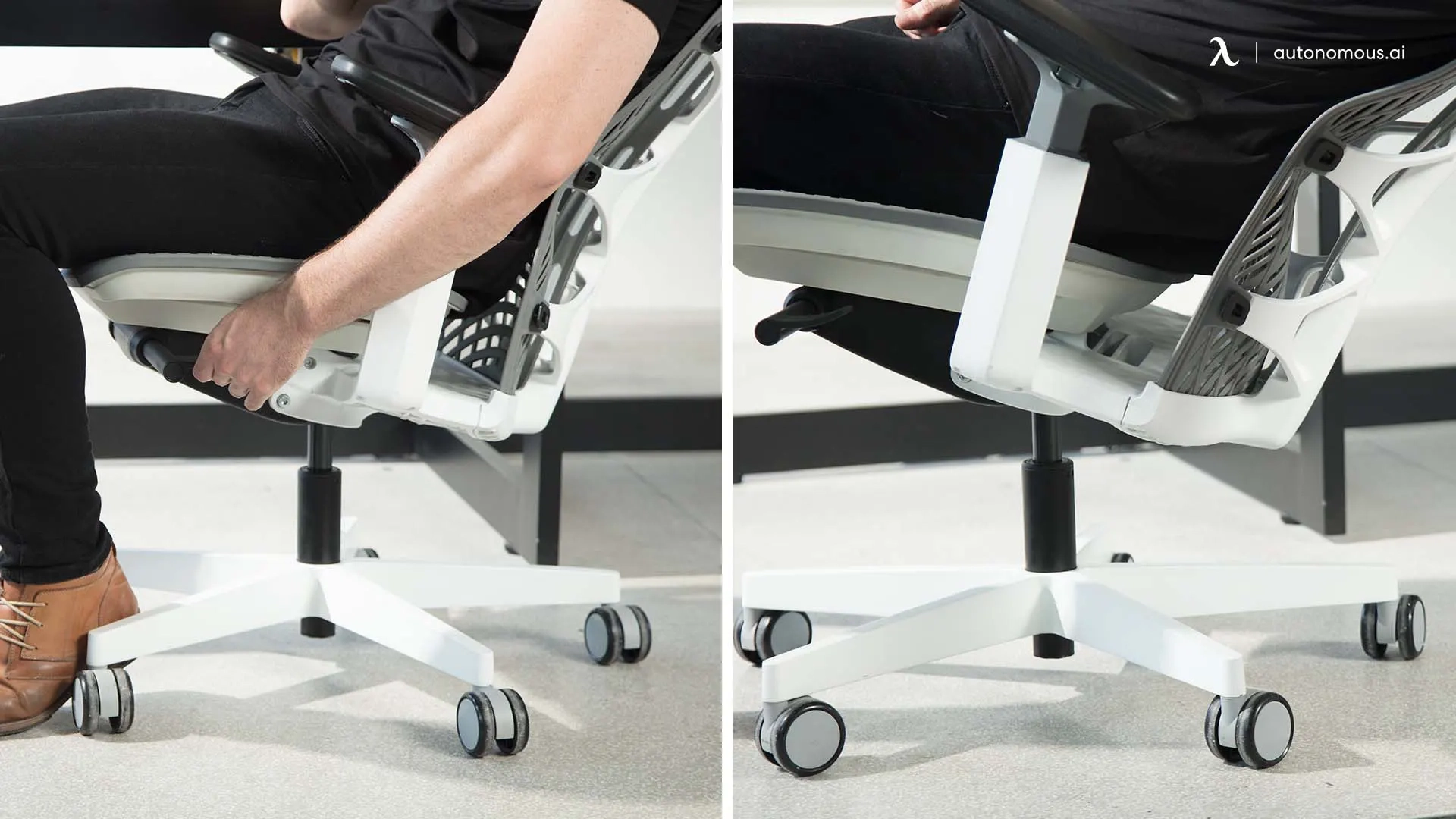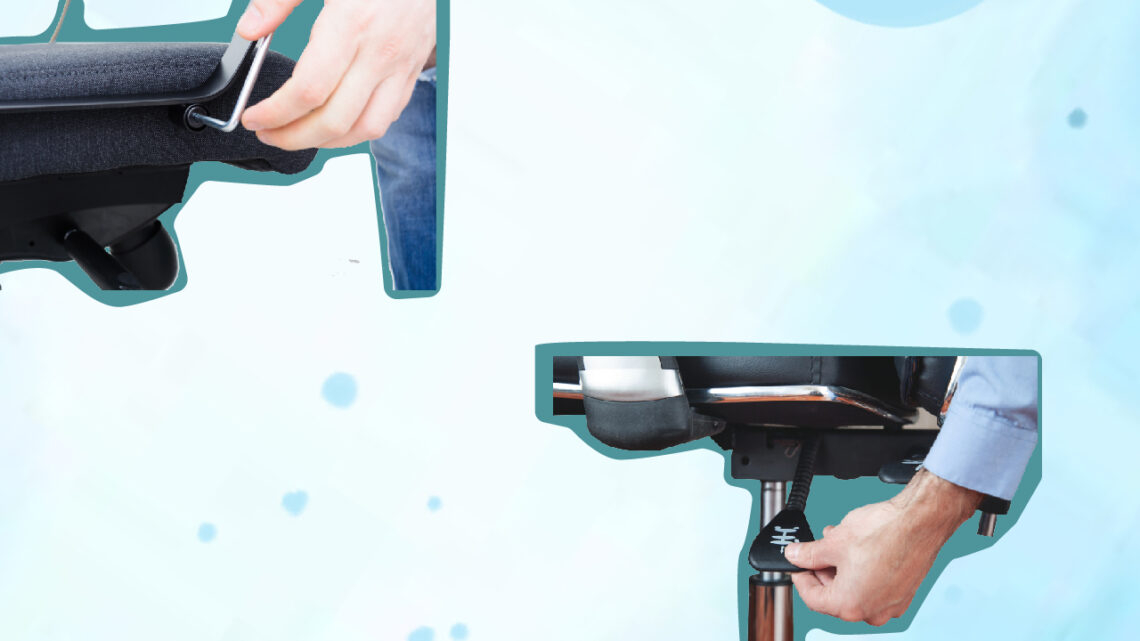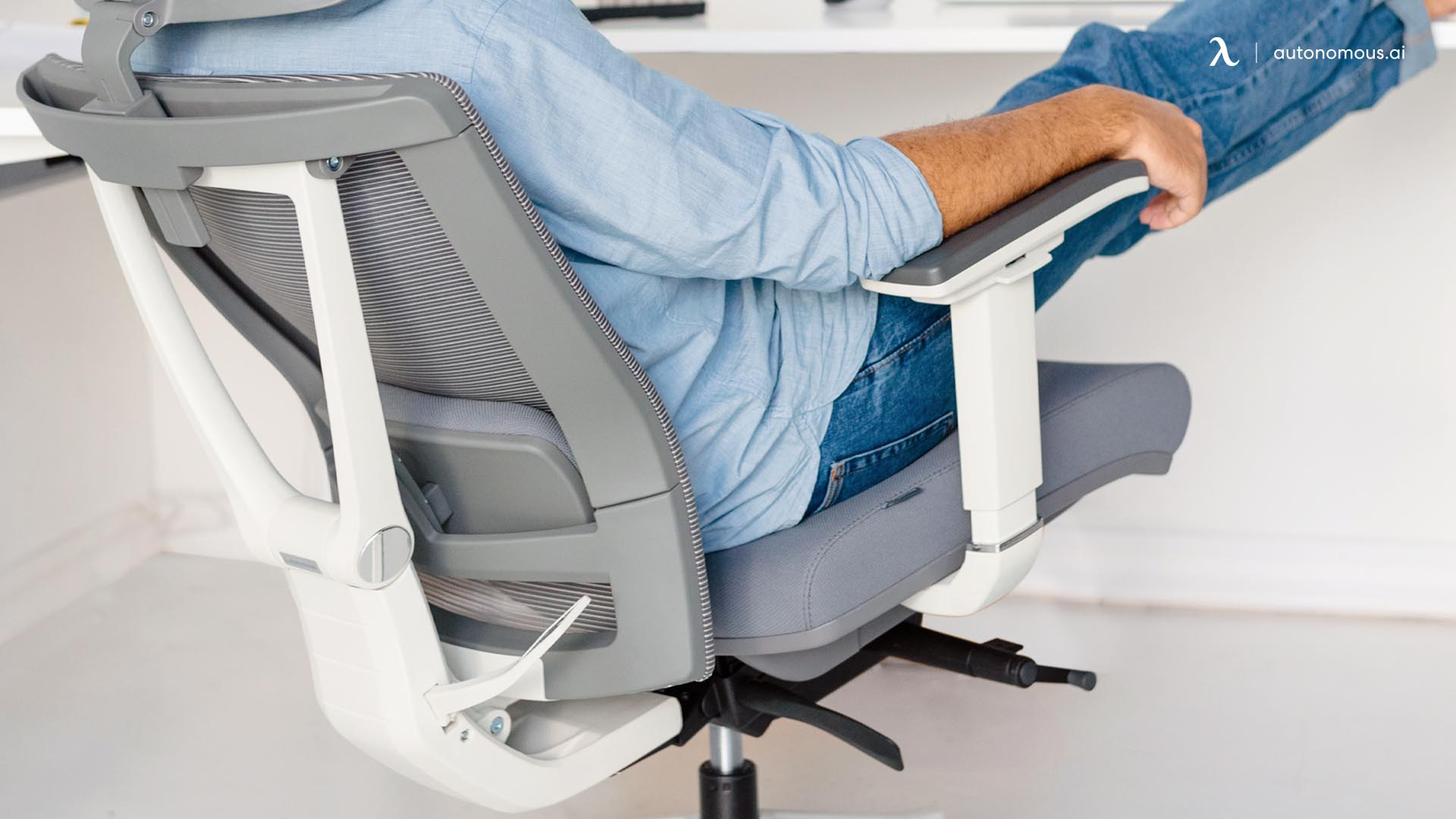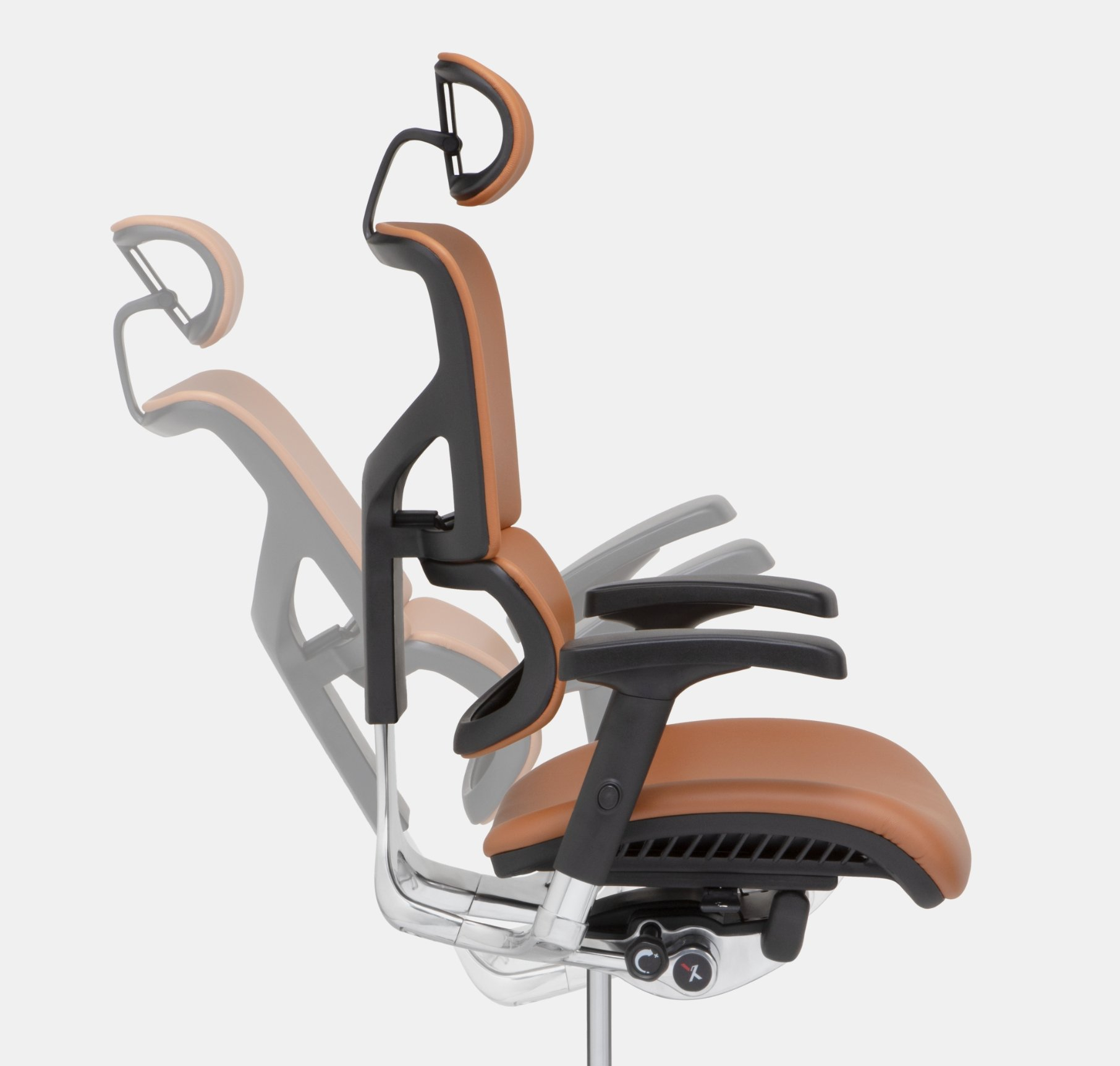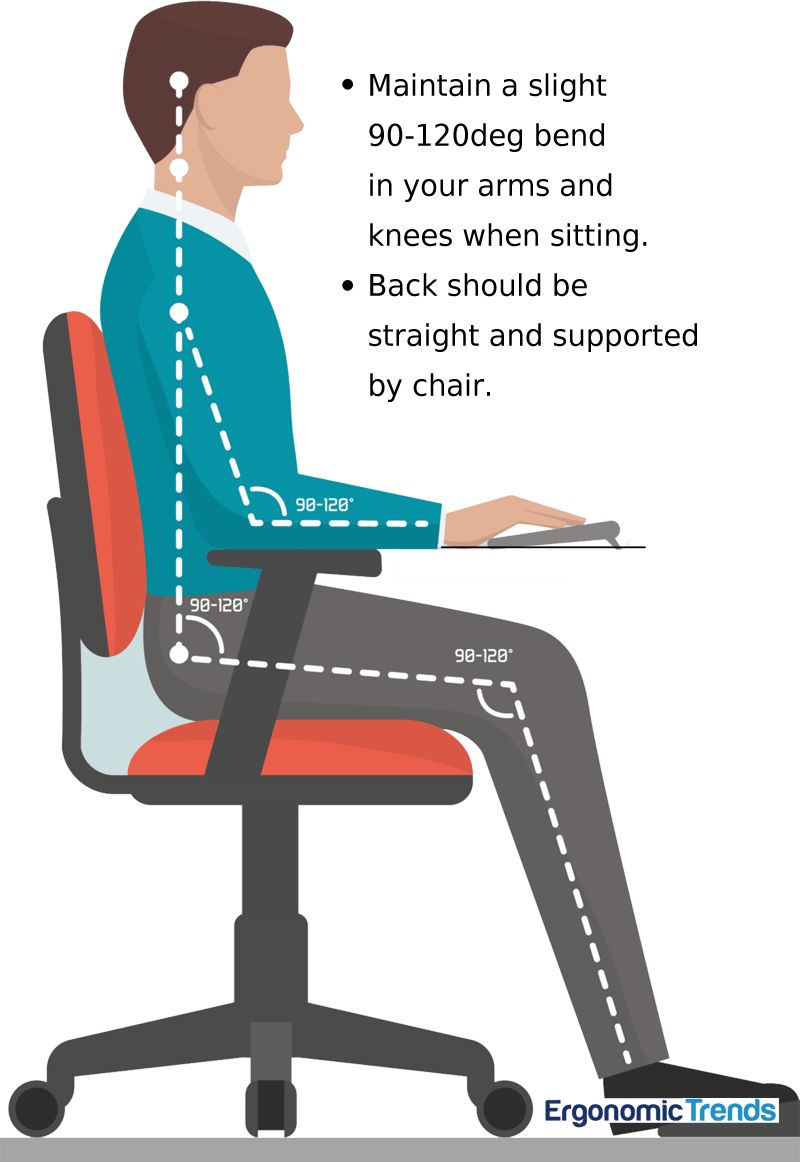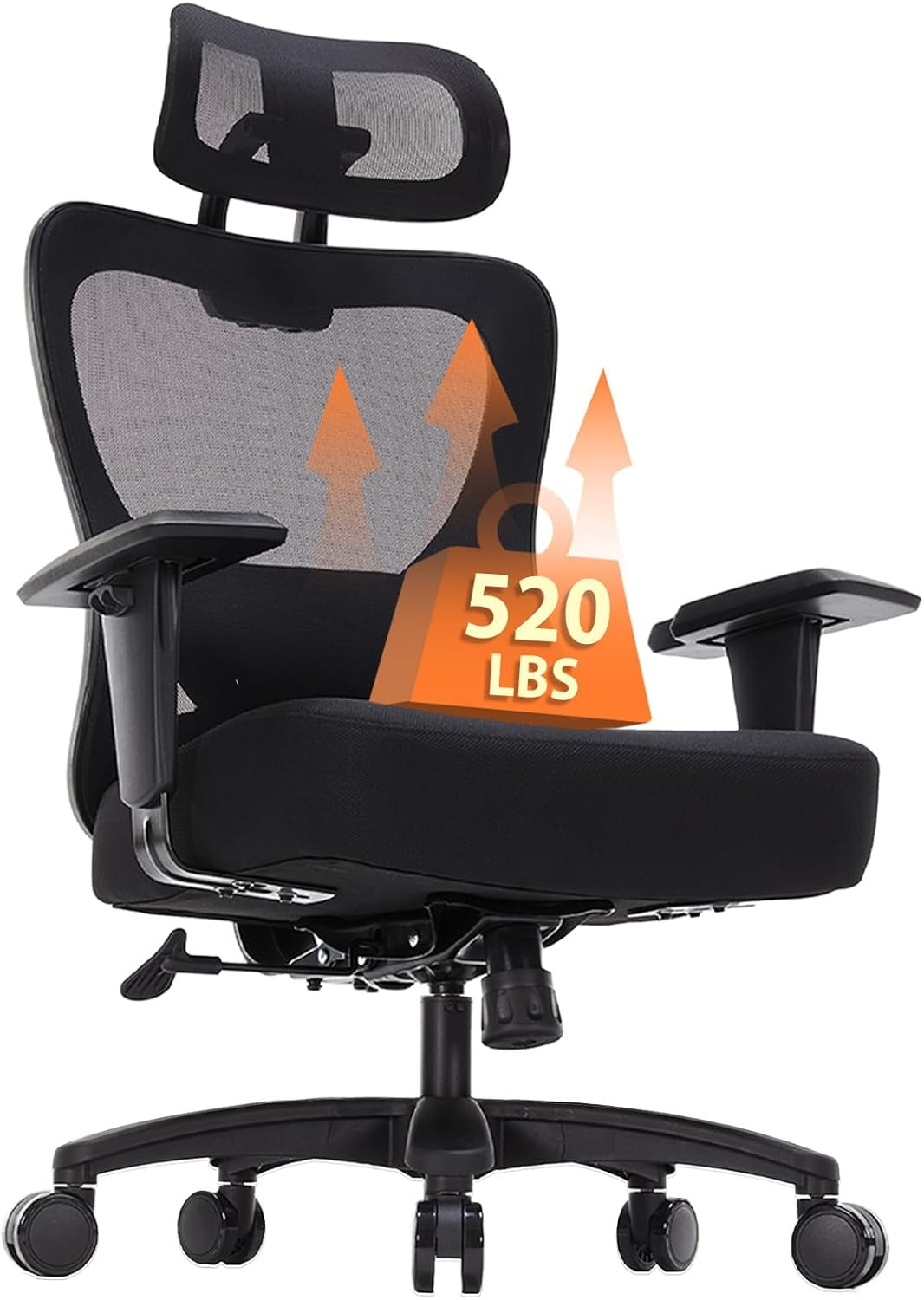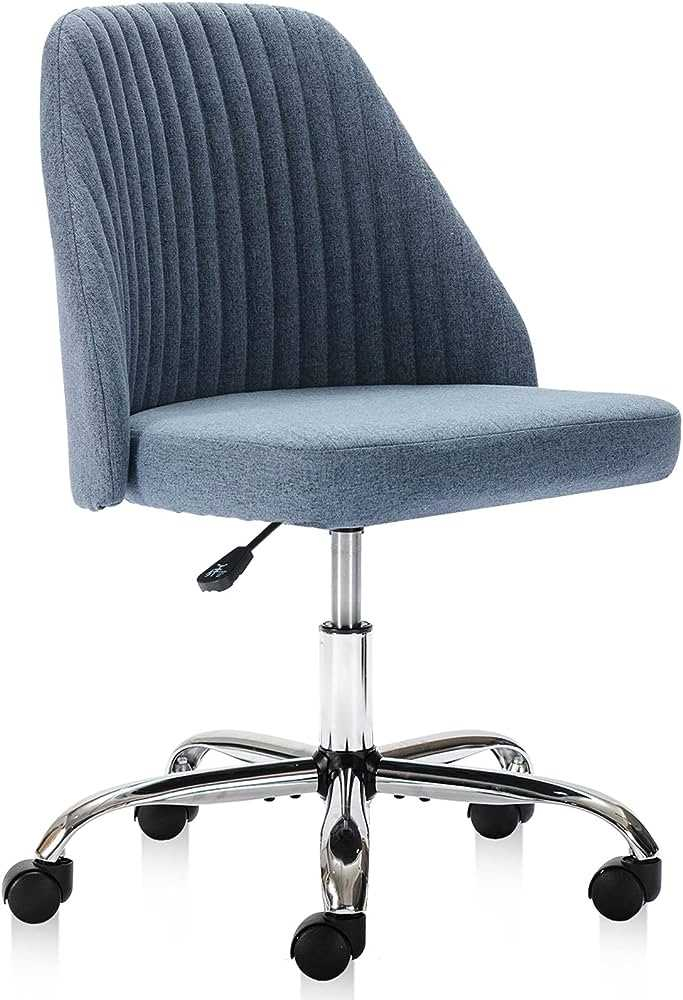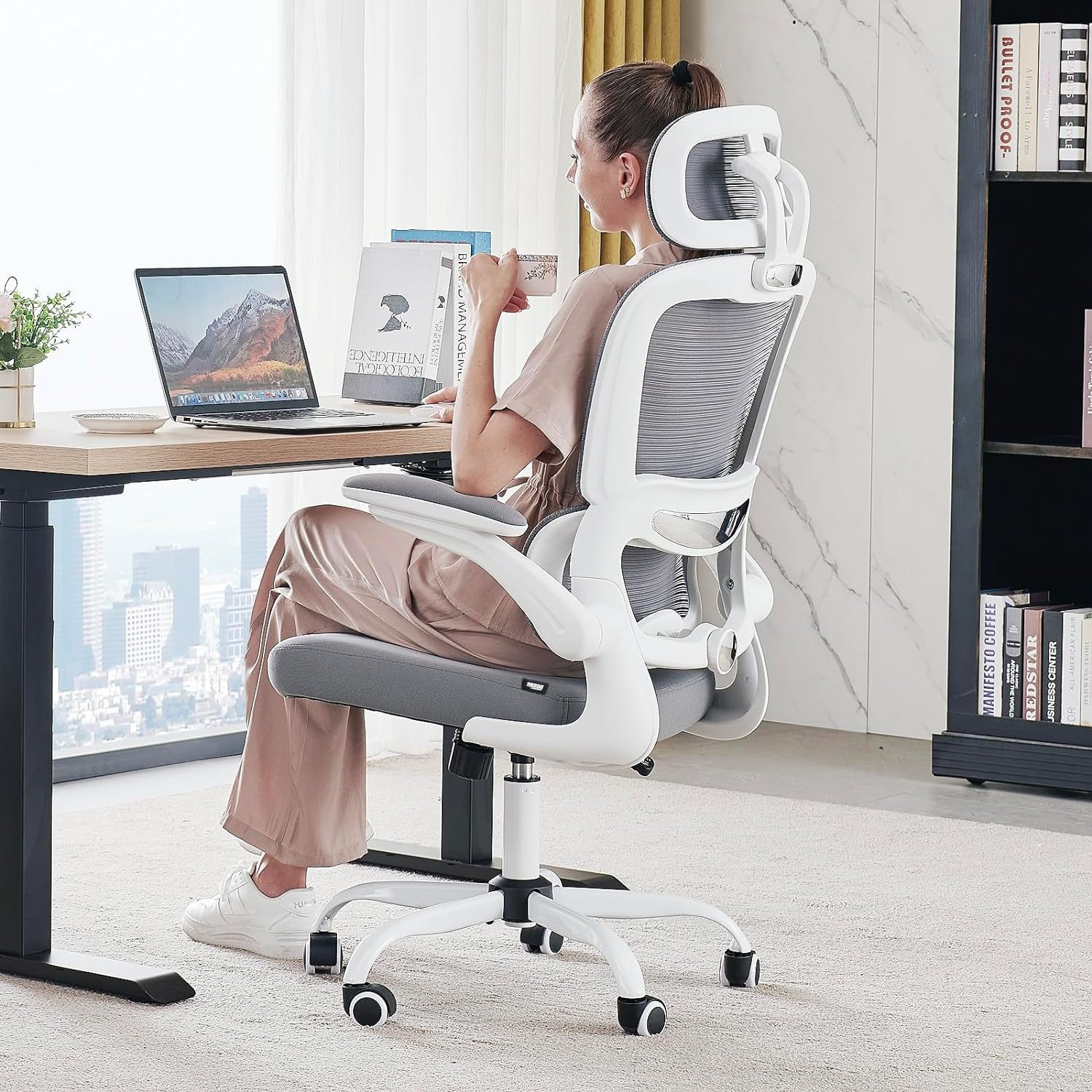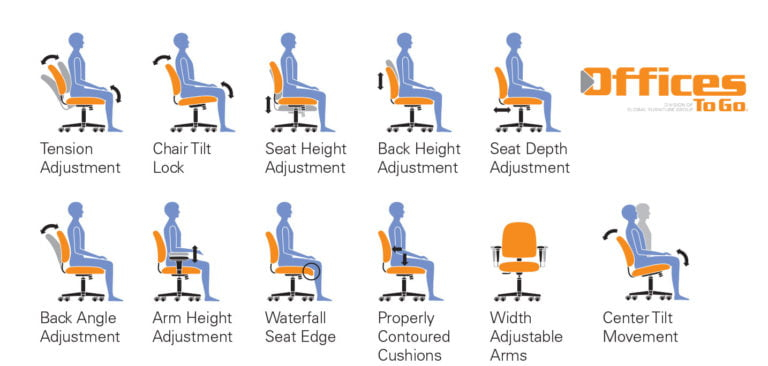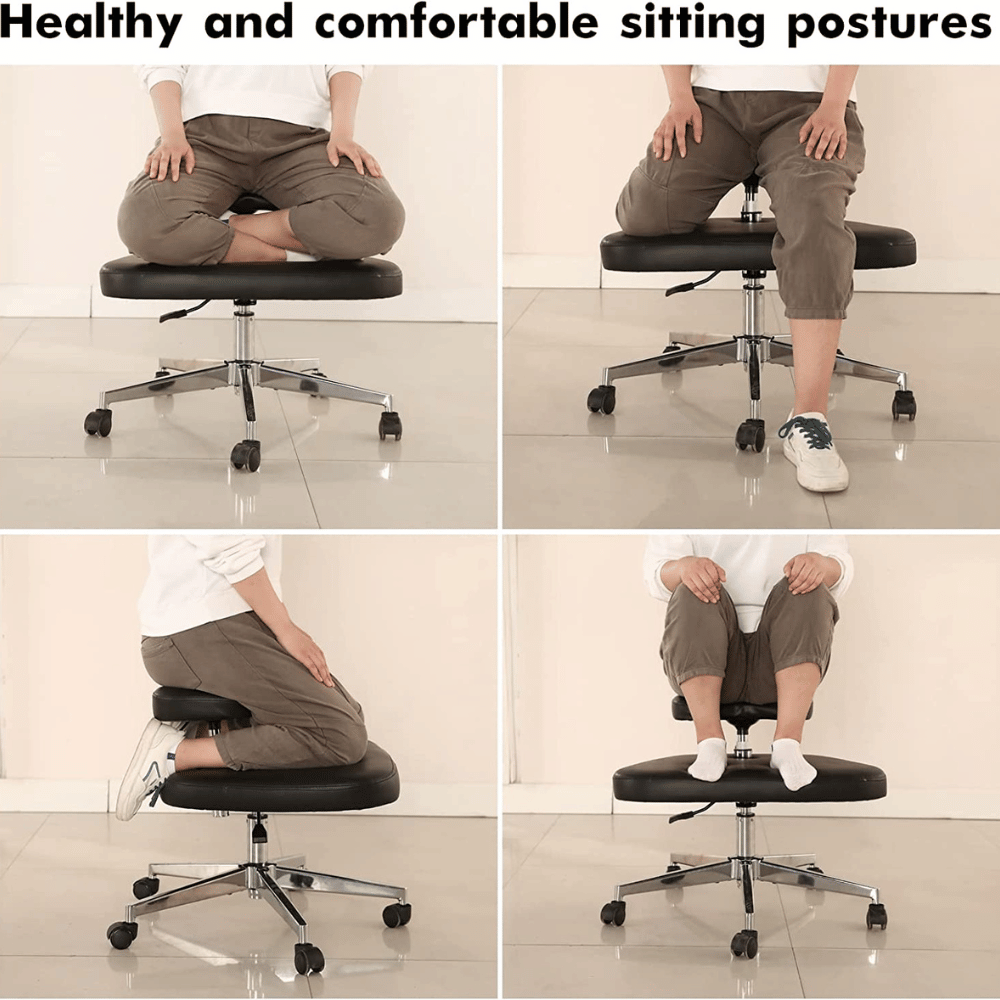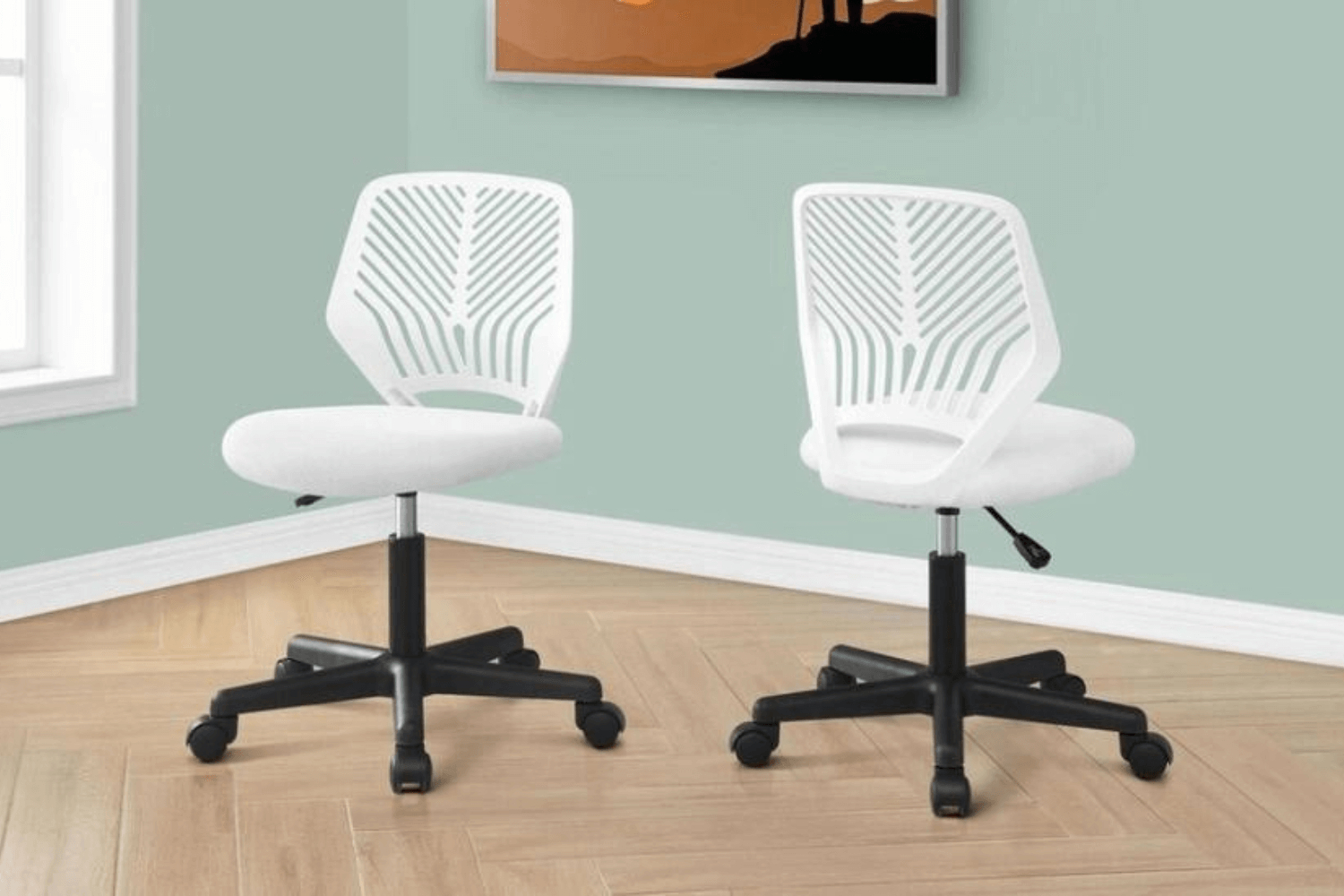We’ve all been there. You’re settling into your office chair, ready to tackle that to-do list, and… nothing. The tilt function, that glorious feature designed to give you a bit of movement and comfort, is as stiff as a board. It’s frustrating, isn’t it? A properly functioning tilt can make a world of difference in your workday, offering dynamic support and preventing that dreaded stiffness. But when it stops working, it can feel like a betrayal. Let’s dive into why this happens and, more importantly, how to fix it.
An office chair that doesn’t tilt properly is more than just an inconvenience; it can actually impact your comfort and even your productivity. That subtle rocking motion helps improve circulation and reduce pressure points, contributing to a healthier and more focused work session. When that movement is gone, you’re stuck in one position, which can lead to aches and pains. So, if your chair feels more like a stationary perch than a flexible companion, you’re in the right place. We’re going to explore the common culprits behind a malfunctioning tilt and offer some straightforward solutions.
Understanding the Tilt Mechanism: The Heart of the Matter
Before we can fix it, it’s helpful to understand what’s actually going on under the hood. Most modern office chairs use a tilt mechanism, often a metal plate located beneath the seat. This plate typically has a few key components: a tension adjustment knob and a lever for locking/unlocking the tilt. The tension knob controls how easily the chair tilts back, while the lever engages or disengages the tilt function. Sometimes, there’s also a spring that helps with the resistance. When these parts aren’t working in harmony, you get that dreaded lack of tilt.
Common Culprit 1: The Over-Tightened Tension Knob
This is probably the most frequent reason your chair won’t tilt. The tension knob, usually found at the front or side of the mechanism, controls how much force is needed to tilt the chair back. If this knob has been tightened too much – perhaps accidentally, or because someone wanted a firmer seat – it can effectively lock the chair in place.
The Fix:
- Locate the tension knob. It typically looks like a large, round knob that you can turn by hand.
- Try turning it counter-clockwise. You might need to apply a bit of force, but it should loosen.
- Test the tilt after each turn. Keep loosening until you achieve a comfortable rocking motion. If it’s still stiff, try giving the mechanism a gentle push backward with your body weight while turning the knob.
Common Culprit 2: The Locked Tilt Lever
Many chairs have a lever that allows you to lock the tilt in a specific position, or to unlock it for free movement. If this lever is in the ‘locked’ position, your chair obviously won’t tilt. It sounds simple, but it’s an easy oversight, especially if you’re not familiar with your chair’s specific controls.
The Fix:
- Find the tilt lock lever. It’s usually near the tension knob.
- Ensure the lever is in the ‘unlocked’ or ‘free’ position. This often means pushing it in, or sometimes pulling it out, depending on the chair’s design.
- Give the chair a gentle push back to see if it now tilts. If it still doesn’t, the lever might be stuck or the mechanism itself might be jammed.
Common Culprit 3: Debris and Obstructions
Over time, dust, dirt, hair, and even small objects can find their way into the chair’s mechanism. This debris can gum up the moving parts, preventing the tilt from engaging properly. Imagine a tiny pebble jamming a gear; it’s a similar principle.
The Fix:
- Clean Thoroughly: With the chair tilted back (if possible, or by gently pushing), use a vacuum cleaner with a brush attachment to clean around the tilt mechanism and the cylinder.
- Lubricate: If cleaning doesn’t do the trick, a small amount of lubricant, like WD-40 or a silicone-based spray, can help. Spray it directly onto the moving parts of the mechanism. Be careful not to overdo it, as too much lubricant can attract more dust.
- Work the Mechanism: After cleaning and lubricating, try working the tilt lever and tension knob back and forth several times to distribute the lubricant and dislodge any remaining debris.
Common Culprit 4: Worn-Out Components or Misalignment
Sometimes, the issue isn’t just a simple adjustment. The internal springs, gas lift cylinder, or the tilt mechanism itself might be worn out or damaged. If the chair has been used heavily, or if it was manufactured with a defect, components can fail. Misalignment, where parts aren’t properly seated, can also cause problems.
The Fix:
- Inspect for Damage: Look for any obvious signs of damage, such as bent metal, cracked plastic, or loose parts.
- Check the Gas Lift: While not directly the tilt, a failing gas lift can sometimes affect the overall stability and responsiveness of the chair, including the tilt. If your chair also sinks on its own, the gas lift might be the primary issue.
- Seek Professional Help or Replacement: If you suspect a worn-out or broken part, it might be time to contact the manufacturer for a replacement part or to consider a new chair. Trying to force a broken mechanism can cause further damage and isn’t safe.
Preventative Care: Keeping Your Chair Tilted and Happy
An ounce of prevention is worth a pound of cure, right? By taking a little care of your office chair, you can avoid many of these tilt troubles.
- Regular Cleaning: Dust and debris are the enemies of smooth operation. Give your chair a quick vacuum every few weeks.
- Gentle Adjustments: Avoid forcing levers or knobs. If something feels stuck, investigate why rather than applying brute strength.
- Know Your Chair: Take a moment to understand how your specific chair’s tilt mechanism works. Reading the manual (yes, really!) can save you a lot of frustration.
- Avoid Overloading: Be mindful of weight limits. Excess strain can wear down components faster.
So there you have it. Most of the time, a non-tilting office chair is a solvable problem, often as simple as adjusting a knob or freeing a lever. By understanding the basic mechanics and checking for common issues like over-tightening, stuck levers, or accumulated debris, you can usually restore your chair’s essential rocking ability. If you’ve tried these steps and your chair still refuses to cooperate, it might be time to consider if a part has genuinely failed. But for many, a little troubleshooting will get you back to that comfortable, dynamic seating experience that makes all the difference in your workday. Happy tilting.

